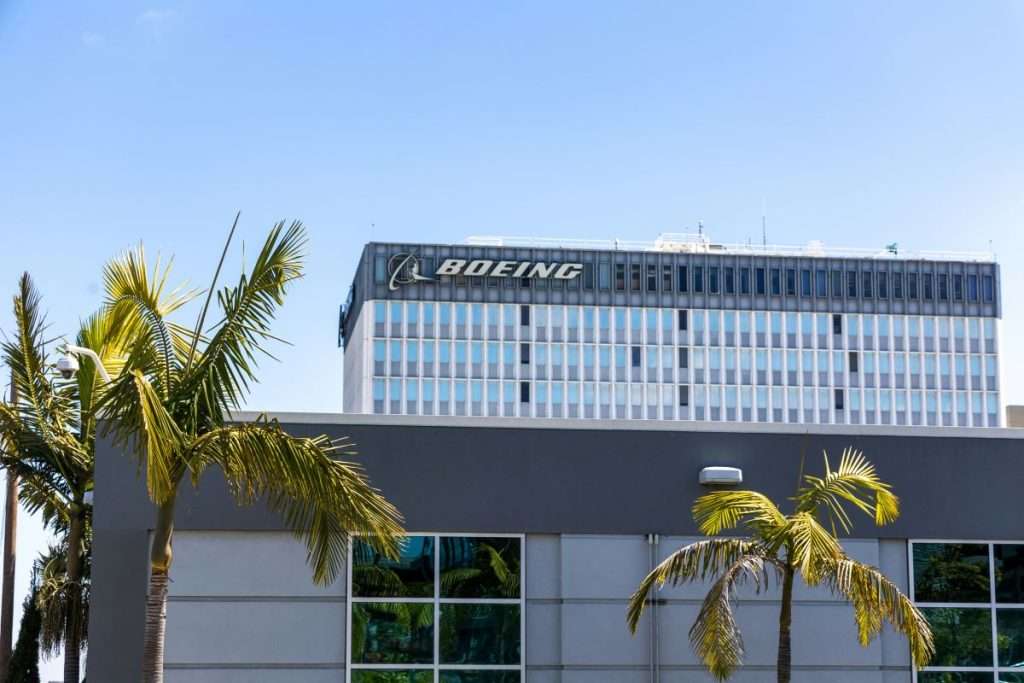The FAA has stated that Boeing Co.’s quality control monitors must consistently meet standards before the aviation safety regulators will be convinced that the planemaker can support higher production rates. This comes after the FAA imposed output limits on Boeing’s 737 Max jetliner following a near-catastrophe in January 2024.
Mike Whitaker, the U.S. Federal Aviation Administration’s top official, emphasized that the focus over the next few months would be to ensure these metrics are met before production increases above a certain level.
The Aftermath of the Near-Catastrophe
The near-catastrophe, which saw a door cover blow off during flight, led to revelations of manufacturing lapses within Boeing’s factories. This forced the company to curtail production as it works to get its processes back on track.
In response to the crisis, Boeing crafted an action plan that gave the FAA access to key performance indicators, providing a real-time glimpse into the workflow in its Renton, Washington, factory and across the supply chain.
Boeing’s Struggles and Future Plans
Boeing has been grappling with out-of-sequence manufacturing leading to quality breakdowns, workforce retraining, and parts shortages due to the COVID pandemic. Despite these challenges, Boeing is keen to increase output as the 737 Max represents its biggest source of revenue.
The FAA has increased its oversight of Boeing, with additional inspectors in its factories and regular meetings as the company implements a comprehensive plan to address production breakdowns.
As part of Boeing’s overhaul, the company has made changes to senior management, including the appointment of Kelly Ortberg as the new CEO. Whitaker plans to maintain regular communication with Ortberg to ensure the company meets the FAA’s expectations.





